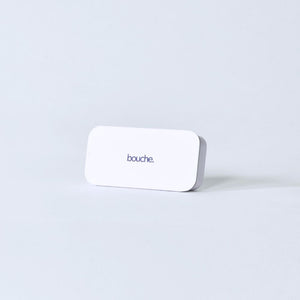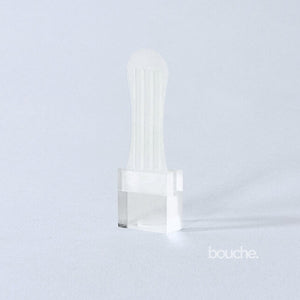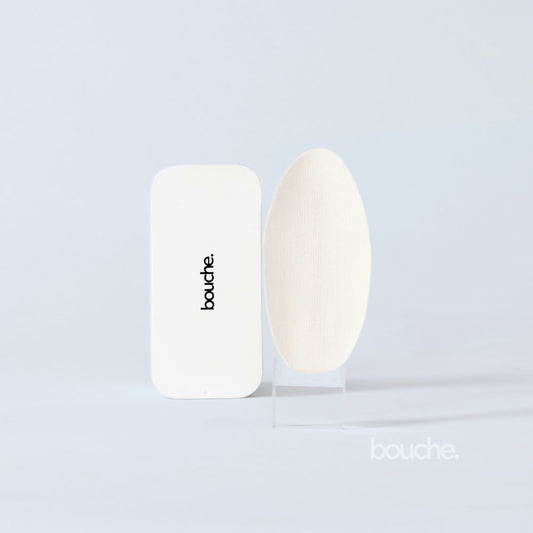Feeling tired or sluggish during the day? You’re not alone. Many adults-especially high performers and wellness enthusiasts-struggle with dips in energy, brain fog, and trouble focusing. Fortunately, science-backed breathing exercises for energy can offer a fast, natural boost. This article breaks down the best breathing methods to recharge your body and mind, with a special focus on how tools like mouth tape and nasal strips can enhance your results.
The Science Behind Breathing and Energy
Breathing is your body’s direct line to energy production. When you breathe deeply and efficiently, you deliver more oxygen to every cell, supporting sharper focus, higher stamina, and better mood. Shallow or mouth breathing, on the other hand, can limit oxygen intake and increase fatigue.
How does this work?
Studies on Pranayama breathing (a core yogic practice) show that mindful breathing increases lung capacity and oxygen delivery, which helps every cell release toxins and restore energy. Research also confirms that nasal breathing (as opposed to mouth breathing) supports better oxygenation, lowers blood pressure, and reduces stress hormones.
Key Takeaways:
- Deep breathing = more oxygen = more energy
- Nasal breathing supports deeper, more restorative sleep and better daytime alertness
- Mouth taping and nasal strips can help you maintain optimal breathing patterns overnight
Diaphragmatic Breathing: The Foundation for Energy
Diaphragmatic (or belly) breathing is the best breathing method for energy. It uses your diaphragm to draw air deep into your lungs, maximizing oxygen intake.
How to Practice:
- Sit or lie down comfortably. Place one hand on your chest and the other on your belly.
- Inhale slowly through your nose, letting your belly rise.
- Exhale gently through your mouth, feeling your belly fall.
- Repeat for 5–10 breaths.
Why it works:
This technique retrains your body to breathe efficiently, increases lung capacity, and quickly reduces fatigue by maximizing oxygen intake7. Practicing this daily can help you feel more energized and focused.
Box Breathing: Rapid Reset for Focus and Calm
Box breathing, also known as four-square breathing, is popular among athletes and professionals for its ability to quickly reset the nervous system and boost alertness.
How to Practice:
- Inhale through your nose for 4 seconds.
- Hold your breath for 4 seconds.
- Exhale through your mouth for 4 seconds.
- Hold again for 4 seconds.
- Repeat for 4–6 cycles.
Benefits:
Box breathing balances oxygen and carbon dioxide levels, calms the mind, and increases alertness-making it perfect before meetings, workouts, or any high-pressure situation.
Alternate Nostril Breathing: Balance and Energize
Alternate nostril breathing (Nadi Shodhana) is a yogic technique shown to balance the brain’s hemispheres, reduce anxiety, and increase mental clarity.
How to Practice:
- Sit comfortably. Use your right thumb to close your right nostril.
- Inhale through your left nostril.
- Close your left nostril with your ring finger, release your right nostril, and exhale through the right.
- Inhale through the right nostril, close it, and exhale through the left.
- Continue for 2–5 minutes.
Why it works:
This technique improves oxygen flow, calms racing thoughts, and leaves you feeling refreshed and balanced.
4-7-8 Breathing: Calm Energy on Demand
The 4-7-8 breathing technique is a powerful tool for quickly reducing anxiety, steadying the mind, and promoting a sense of calm energy. It’s especially useful before bed or during stressful moments.
How to Practice:
- Inhale quietly through your nose for 4 seconds.
- Hold your breath for 7 seconds.
- Exhale forcefully through your mouth for 8 seconds.
- Repeat up to 4 cycles.
Benefits:
This method slows your heart rate, lowers blood pressure, and helps you fall asleep faster or recover from stress-induced fatigue.
Energizing Breath of Fire: Quick Boost for Body and Brain
Breath of Fire (Kapalabhati) is a dynamic, rhythmic breathing exercise from yoga that rapidly increases energy, clears brain fog, and stimulates the nervous system.
How to Practice:
- Sit with a straight spine.
- Inhale gently through your nose.
- Exhale forcefully through your nose while pulling your belly in-focus on the exhale.
- Continue rapid, rhythmic exhalations for 30 seconds to 1 minute.
- Return to normal breathing and notice the surge in energy.
Why it works:
This technique increases oxygen flow, wakes up your body, and sharpens mental focus-perfect for an afternoon slump or pre-workout boost.
When and How to Use These Exercises
Breathing exercises for energy are most effective when included in your daily routine:
- Morning: Start your day with Diaphragmatic Breathing or Breath of Fire.
- Midday Slump: Use Box Breathing or Alternate Nostril Breathing to reset and refocus.
- Before Bed: 4-7-8 Breathing helps you unwind and prepare for restorative sleep.
Tips for Success:
- Practice for 5–10 minutes daily for best results.
- Use mouth tape or nasal strips at night to encourage nasal breathing, supporting deeper sleep and higher energy the next day.
- Nasal strips can help open the airways, especially if you have congestion or mild sleep apnea, making breathing exercises more effective.
Bouche: Science-Backed Tools for Better Breathing and Energy
Bouche is dedicated to helping you achieve optimal breathing and energy with evidence-based, non-invasive tools. Our medical-grade mouth tape is designed to gently encourage nasal breathing during sleep, supporting better oxygenation, balanced hormones, and improved cognitive function. Bouche products are CPAP-compatible, hypoallergenic, and suitable for sensitive skin-making them accessible for those with sleep apnea or chronic snoring.
Scientific research shows that nasal breathing-supported by mouth taping-can improve sleep quality, reduce snoring, and even influence facial structure by encouraging proper jaw alignment. Bouche empowers you to wake up energized and ready to perform at your best.
The Role of Mouth Taping and Nasal Strips in Energy and Wellness
Mouth Taping: What the Research Says
Mouth taping is gaining popularity as a simple, effective way to support nasal breathing at night. A 2022 study, "The Impact of Mouth-Taping in Mouth-Breathers with Mild Obstructive Sleep Apnea", found that mouth taping during sleep improved snoring and the severity of sleep apnea in mouth-breathers with mild OSA. The apnea/hypopnea index (AHI) and snoring index (SI) were reduced by about half in participants who used mouth tape. This suggests that mouth taping can lead to deeper, more restorative sleep and less daytime tiredness.
Additional reviews and articles, like the Sleep Foundation’s summary, confirm that mouth taping can reduce snoring and fatigue in people with obstructive sleep apnea. There is also growing evidence that nasal breathing, encouraged by mouth taping, can help define jawlines and support facial structure, especially when practiced consistently.
Nasal Strips: Enhancing Airflow
Nasal strips are designed to gently open the nasal passages, making it easier to breathe deeply and efficiently. While some studies, such as "Sleep Quality and Congestion with Breathe Right Nasal Strips", found no significant improvement in sleep quality for chronic congestion sufferers, many users report better airflow, reduced snoring, and improved sleep when using nasal strips as part of a broader routine. For those who struggle with nasal congestion or want to maximize the benefits of breathing exercises, nasal strips can be a helpful addition.
Mouth Taping, Nasal Breathing, and Facial Structure
There is scientific evidence that mouth taping and consistent nasal breathing can influence facial structure by promoting proper tongue posture and jaw alignment. This can help support a more defined jawline and healthier facial profile over time.
Conclusion
Breathing exercises for energy are a powerful, science-backed way to enhance your vitality, focus, and overall well-being. By practicing techniques like Diaphragmatic Breathing, Box Breathing, Alternate Nostril Breathing, 4-7-8 Breathing, and Breath of Fire, you can quickly recharge-no matter where you are.
For even greater benefits, consider using mouth tape or nasal strips to support healthy breathing patterns, especially during sleep. Brands like Bouche offer safe, comfortable solutions designed for health-conscious adults who want to optimize every aspect of their wellness routine.
Breath is energy. With the right techniques and tools, you can unlock your body’s full potential-one breath at a time.
FAQs
Can breathing exercises increase energy?
Yes, regular practice of breathing techniques for energy can significantly boost alertness, reduce fatigue, and improve overall vitality by increasing oxygen delivery to your cells.
How do you breathe to reduce fatigue?
Use deep, diaphragmatic breathing: inhale through your nose, letting your belly rise, and exhale slowly through your mouth. Repeat for several minutes to quickly restore energy.
What is the 4-7-8 breathing technique for?
The 4-7-8 method is used to calm the nervous system, reduce anxiety, and promote relaxation, making it useful for both sleep and stress recovery.
Do breathing exercises really help with fatigue?
Yes. Scientific studies and clinical experience show that breathing exercises can reduce perceived fatigue, improve focus, and help you recover faster after exertion.
How often should I practice breathing techniques for energy?
Aim for 5–10 minutes daily, or whenever you need a quick energy boost or mental reset.
